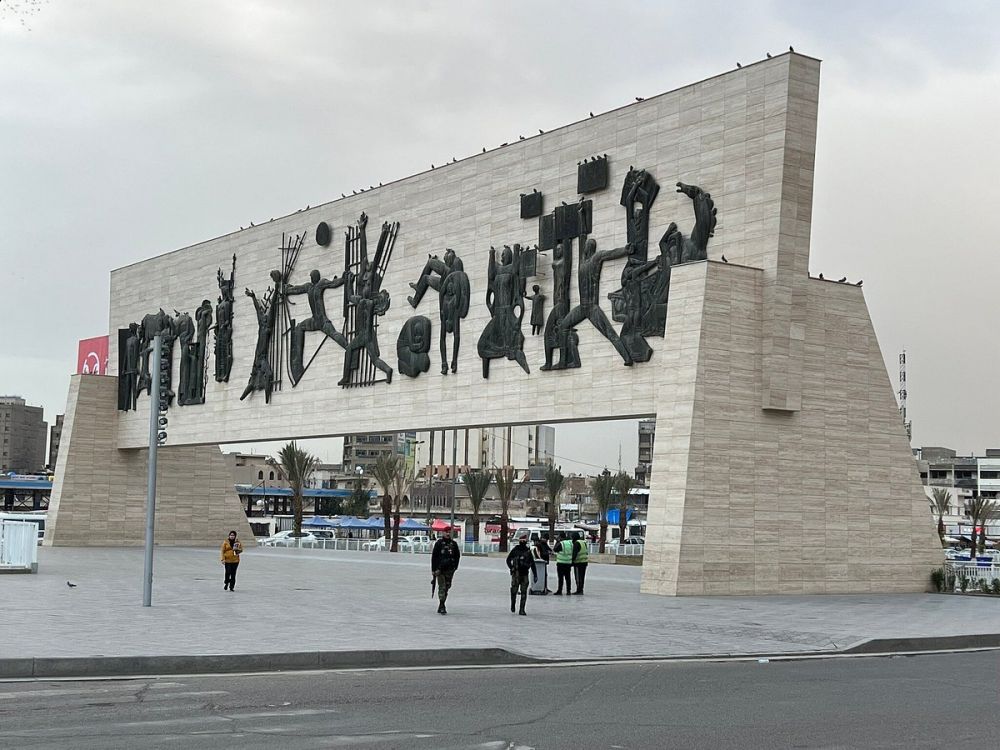

Liberation Square (Tahrir Square) has long been a focal point of social and political activity in Baghdad, Iraq. Considered one of the most important public spaces in the city, Tahrir Square has witnessed numerous historical events, including large political gatherings and demonstrations. Its significance extends to a reflection of Iraq's contemporary history and its ongoing struggles.
Liberation Square was established during the mid-20th century and was designed to symbolize the modern identity of Iraq. It was named "Tahrir" (which means "liberation" in Arabic) to commemorate the country's freedom from British occupation. Over the years, Tahrir Square has been a venue for public celebrations, political events, and civil demonstrations, most notably the protests against the government that have episodically occurred since the fall of the monarchy in 1958 up to the recent demonstrations in the 21st century.
Due to the tumultuous history of Iraq, including the Iran–Iraq War, the Gulf War, and the more recent conflicts following the 2003 invasion of Iraq, tourism to Tahrir Square has been significantly affected. The security concerns and political instability have historically deterred tourists from visiting this iconic location. Nevertheless, there has always been a potential for tourism growth during the periods of relative stability, primarily focusing on the square's historical and cultural significance.
Post 2003, Iraq has been undergoing a long and complex process of reconstruction and reconciliation, which has affected the tourism industry, including the areas around Tahrir Square. In recent years, there have been efforts to promote cultural and historical tourism, with a focus on the country's rich heritage, including its significance as part of the cradle of civilization.
The latest tourism trends indicate a mild increase in the interest of educational and cultural tourism, with visitors interested in the modern history of Iraq. Tours that guide visitors through the story of Tahrir Square and its role in Iraq's contemporary narrative are becoming a part of niche tourism offerings. Moreover, the local government has been trying to improve security and infrastructure to revive tourism in Baghdad, including locations like Tahrir Square.
Recent developments have also seen an increased use of digital technology to make historical sites more accessible. Virtual tours and digital representations of important events in Iraqi history are becoming more prominent, allowing a safer and more convenient way for tourists to experience sites like Tahrir Square.
Furthermore, there has been a growth in interest among expatriates and those with Iraqi heritage visiting the country to reconnect with their roots. Tahrir Square is an essential part of this experience, standing as a testament to the resilience and spirit of the Iraqi people.
In conclusion, while Tahrir Square has had a complex and sometimes turbulent history in terms of tourism, there is a positive outlook for the future. With continued efforts in stabilization and a global interest in Iraq's historical and cultural significance, Tahrir Square may once again become a vibrant hub for tourists seeking to understand the multi-layered history of Baghdad and Iraq as a whole.